
The Tennessee Theatre is a movie palace in downtown Knoxville, Tennessee. The theater was built in 1928 in the 1908 Burwell Building, considered Knoxville's first skyscraper. The theater and Burwell Building were added to the National Register of Historic Places in 1982, and the theater was extensively restored in the early 2000s. The Tennessee Theatre currently focuses on hosting performing arts events and classic films, and is home to the Knoxville Opera and the Knoxville Symphony Orchestra. The theater is managed by AC Entertainment.
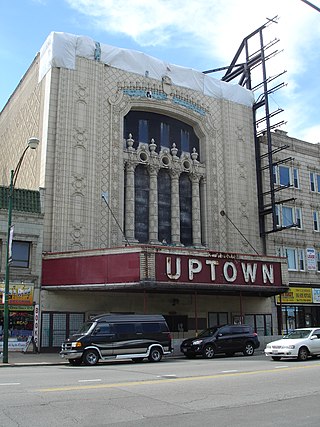
A movie palace is any of the large, elaborately decorated movie theaters built between the 1910s and the 1940s. The late 1920s saw the peak of the movie palace, with hundreds opening every year between 1925 and 1930. With the advent of television, movie attendance dropped, while the rising popularity of large multiplex chains in the 1980s and 1990s signaled the obsolescence of single-screen theaters. Many movie palaces were razed or converted into multiple-screen venues or performing arts centers, though some have undergone restoration and reopened to the public as historic buildings.
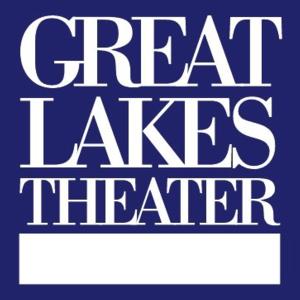
Great Lakes Theater, originally known as the Great Lakes Shakespeare Festival, is a professional classic theater company in Cleveland, Ohio, United States. Founded in 1962, Great Lakes is the second-largest regional theater in Northeast Ohio. It specializes in large-cast classic plays with a strong foundation in the works of Shakespeare and features an educational outreach program. The company performs its main stage productions in rotating repertory at the Hanna Theatre in Playhouse Square, which reopened on September 20, 2008. The organization shares a resident company of artists with the Idaho Shakespeare Festival. On its main stage and through its education programs, GLT connects approximately 85,000 adults and students to the classics each season.
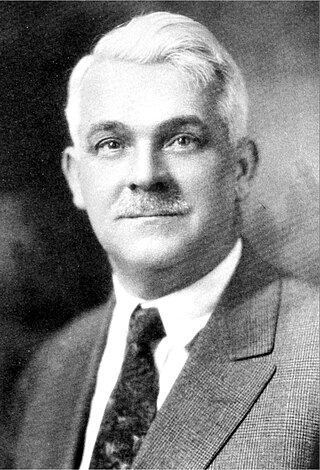
Thomas White Lamb was a Scottish-born, American architect. He was one of the foremost designers of theaters and cinemas of the 20th century.

Playhouse Square is a theater district in downtown Cleveland, Ohio, United States. It is the largest performing arts center in the US outside of New York City. Constructed in a span of 19 months in the early 1920s, the theaters became a major entertainment hub for the city for much of the 20th century. However, by the late 1960s, the district had fallen into decline and its theaters had closed down. In the 1970s, the district was revived through a grassroots effort that helped usher in a new era of downtown revitalization. For this reason, the revival of Playhouse Square is often locally referred to as being "one of the top ten successes in Cleveland history."

The Kings Theatre, formerly Loew's Kings Theatre, is a live performance venue in the Flatbush neighborhood of Brooklyn, New York City. Opened by Loew's Theatres as a movie palace in 1929 and closed in 1977, the theater sat empty for decades until a complete renovation was initiated in 2010. The theater reopened to the public on January 23, 2015 as a performing arts venue. It was listed on the National Register of Historic Places on August 22, 2012.
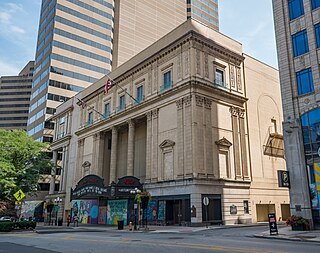
The Ohio Theatre is a performing arts center and former movie palace on Capitol Square in Downtown Columbus, Ohio. Known as the "Official Theatre of the State of Ohio", the 1928 building was saved from demolition in 1969 and was later completely restored. The theater was declared a National Historic Landmark in 1977 as one of the nation's finest surviving grand theaters.

Orpheum Theatre is a theater located in downtown Minneapolis, Minnesota. It is one of four restored theaters on Hennepin Avenue, along with the Pantages Theatre, the State Theatre and the Shubert Theatre.

The Victory Theatre is a 1,950 seat venue in Evansville, Indiana. It is home to the Evansville Philharmonic Orchestra and also hosts local ballet and modern dance companies, theatre companies, and touring productions.

The Connor Palace, also known as the Palace Theatre and historically as the RKO Palace, is a theater located at 1615 Euclid Avenue in Downtown Cleveland, Ohio, part of Playhouse Square. The theater opened in 1922, as Keith's Palace Theatre after B. F. Keith, founder of the Keith-Albee chain of vaudeville and movie theaters. It was designed by the Chicago architectural firm of Rapp and Rapp in the French Renaissance style, and originally housed live two-a-day vaudeville shows. The $2 million theater opened in the Keith Building on November 6, 1922, seating 3,100. The interior featured Carrara marble and 154 crystal chandeliers, and the main lobby, dubbed the "Great Hall," was decorated with over 30 paintings.

John Adolph Emil Eberson was an Austrian-American architect best known for the development and promotion of movie palace designs in the atmospheric theatre style. He designed over 500 theatres in his lifetime, earning the nickname "Opera House John". His most notable surviving theatres in the United States include the Tampa Theatre (1926), Palace Theatre Marion (1928), Palace Theatre Louisville (1928), Majestic Theatre (1929), Akron Civic Theatre (1929) and Paramount Theatre (1929). Remaining international examples in the atmospheric style include both the Capitol Theatre (1928) and State Theatre (1929) in Sydney, Australia, The Forum (1929), Melbourne, Australia), the Lewis J. Warner Memorial Theater (1932) at Worcester Academy in Worcester, Massachusetts and Le Grand Rex.

The KeyBank State Theatre is a theater located at 1519 Euclid Avenue in downtown Cleveland, Ohio. It is one of the theaters that make up Playhouse Square. It was designed by the noted theater architect Thomas W. Lamb and was built in 1921 by Marcus Loew to be the flagship of the Ohio branch of the Loew's Theatres company.

The Allen Theatre is one of the theaters in Playhouse Square, the performing arts center on Euclid Avenue in downtown Cleveland, Ohio. It was originally designed as a silent movie theater by C. Howard Crane and opened its doors on April 1, 1921, with a capacity of more than 3,000 seats. The first show was of the motion picture Her Greatest Love with Theda Bara, and featured Phil Spitalny and his 35 piece orchestra as live performers. The theater was designed in the Italian Renaissance style and was one of the few "daylight atmospheric" theaters in the country, with a ceiling painted to resemble the open daylight sky. In the lobby, a rotunda was built to resemble the Villa Madama in Rome. The ceiling of the rotunda was decorated with Renaissance-style figures from an unknown artist's imagination which greeted cinema patrons for decades.
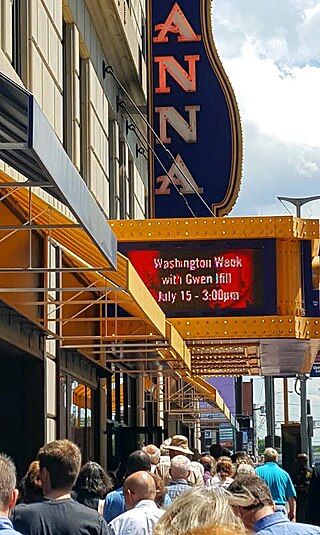
The Hanna Theatre is a theater at Playhouse Square in downtown Cleveland, Ohio, United States. It is one of the original five venues built in the district, opening on March 28, 1921. The Hanna Theatre reopened in 2008 as the new home of Great Lakes Theater Festival after a major renovation by the classic theater company.

An atmospheric theatre is a type of movie palace design which was popular in the late 1920s. Atmospheric theatres were designed and decorated to evoke the feeling of a particular time and place for patrons, through the use of projectors, architectural elements and ornamentation that evoked a sense of being outdoors. This was intended to make the patron a more active participant in the setting.

Richmond CenterStage is a performing arts center in Richmond, Virginia, that includes the Altria Theatre. The theatre was formerly known as the Carpenter Theatre Center for the Performing Arts. The Carpenter Theatre was originally a Loew's Theatre movie palace developed by the Loew's Theatres company and designed by John Eberson. The building's construction began in 1927, with its doors opening in 1928. The Altria Theatre was constructed a year earlier, in 1926, and was originally a Shriners hall.
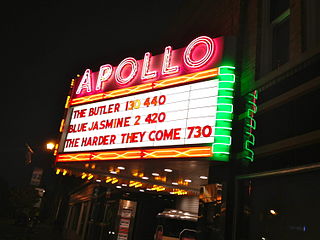
The Apollo Theatre is a 1913 art-deco moviehouse located in Oberlin, Ohio and maintained by Oberlin College. It is notable as one of the earliest theaters to screen "talkies" and for its use as one of Northeast Ohio's film forums.

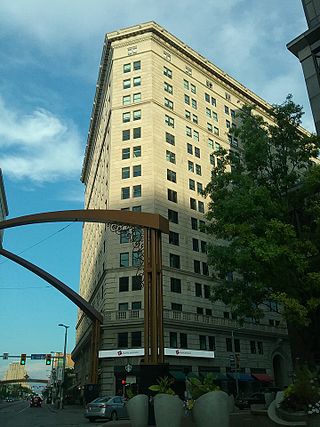
The Hanna Building is a historically renovated high-rise in downtown Cleveland's Theater District on the corner of East 14th Street and Euclid Avenue. The building stands 194 feet high and rises to 16 stories. It was built in 1921 and was added to the National Register of Historic Places in 1978. The Hanna is part of the Playhouse Square historic property portfolio and features many of the same features such as news tickers, billboards, and decorative elements as the other "theatrical" buildings in the locale. The Hanna is highly recognizable on the Playhouse Square and is currently the third tallest building in the Theater District behind the B.F. Keith and the US Bank Centre. Like many buildings of the era, the Hanna sits in an oblong fashion in relation to the street grid and runs parallel to the roadways of Euclid Avenue and East 14th Street, respectfully.

The Mayfair Theatre is a historic theatre site in Baltimore, United States. Originally opened in 1880 as a bathing house, the site was later demolished and rebuilt in 1904 as a theatre, which was closed in 1986.























